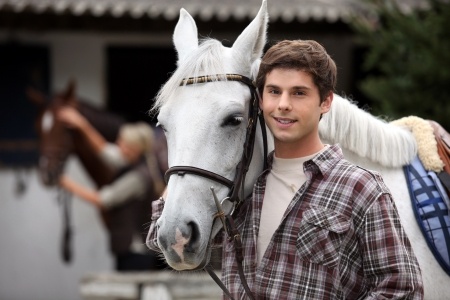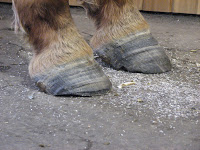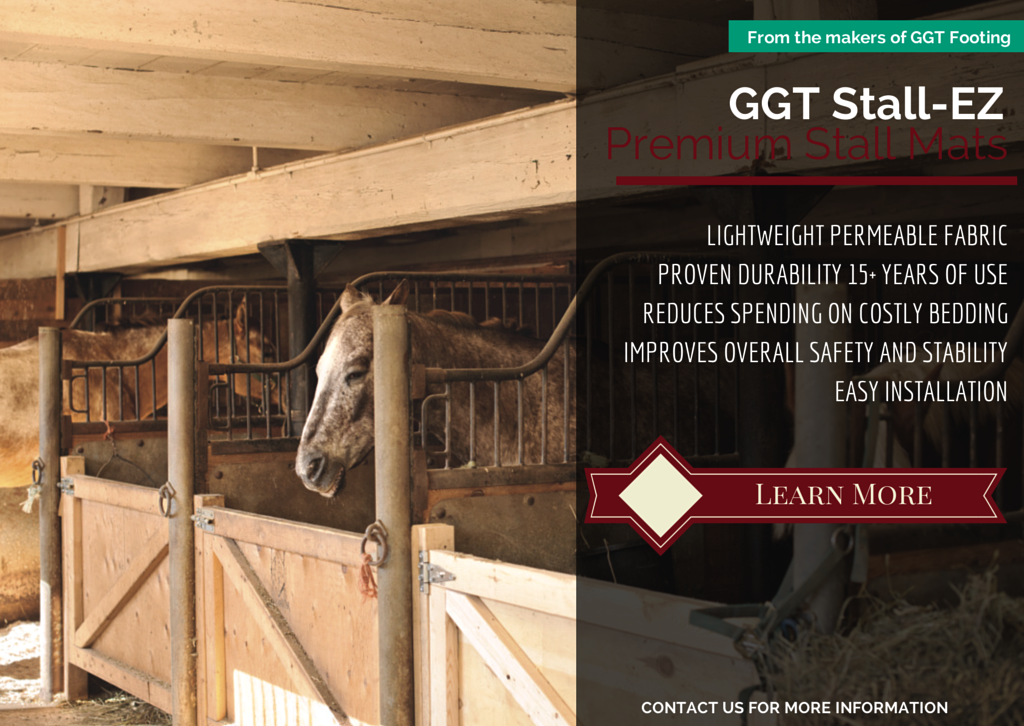
Horse lameness is probably one of the most frustrating things one faces as an equine owner. Nearly every horse will at some point or another go lame, and it can often be frustrating to figure out why. In the world of lameness, a few ounces of prevention can be worth several pounds of cure. Here are a few factors to consider when trying to prevent lameness in your equine partner.





